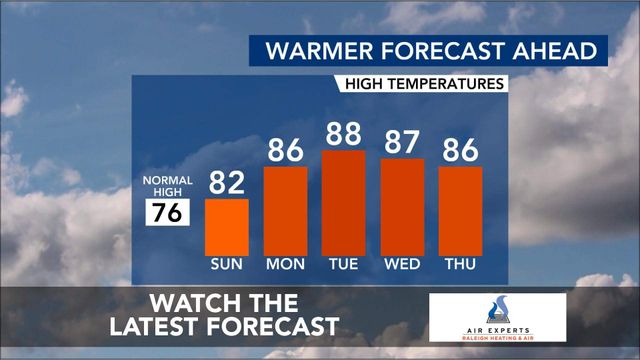Fort Bragg Veterans Break Their Silence About Secret Vietnam Missions
For almost 40 years, their story could not be told. Their Vietnam War missions were so secret that the U.S. top brass could not or would not talk about them -- until now.
Thousands of American soldiers fought in rice paddies and jungles in Vietnam, but the men of theStudies and Observation Group(SOG) fought a different war against the North Vietnamese Army.
SOG recon teams generally consisted of three American Special Forces soldiers and six to 10 allied Montagnard, Chinese Nung, Cambodian or Vietnamese soldiers. Recon teams struck 15 to 50 miles deep into Laos, Cambodia and North Vietnam.
Few of them were officers. Most were enlisted men -- Green Beret volunteers. They attacked North Vietnamese bases in Cambodia and Laos and disrupted traffic on the Ho Chi Minh Trail.
"They gave us a briefing, and said, 'Now, you're all volunteers now,' and we were on a classified mission into Laos," says former SOG soldier Maj. Frank Jaks.
About 2,000 Americans served in SOG between 1964 and 1972. More than 300 of them died.
"Whenever you got the Army Times there, you'd read the names in the obituary column, and you knew a lot of them in there," says retired SOG soldier Robbie Robbins.
Rescuing Allied prisoners was difficult because the North Vietnamese moved them frequently. A major raid on the Son Tay prison to rescue American POWs was unsuccessful.
"The real thing that goes through your mind was the disappointment of not finding anybody there," Robbins says.
Armed to the teeth, SOG teams moved quietly through fields and jungle, whispering and evading to discover what the enemy was doing. If discovered, there was usually a quick and deadly firefight. If they were lucky, they could escape by helicopters protected by American fighter planes.
Jaks led a team 50 miles into Laos to resuce a downed U.S. pilot.
"We got the guy and put him on the chopper. He says, 'I didn't realize that we had American aviation here.' I said, 'We don't and forget what you have seen here,'" he says.
Dick Norris led Recon Team Illinois "over the fence" into Laos.
"We went in by helicopter and came out by Vietnamese helicopter. We stayed in there five days. I was wounded along with one Montagnard," he says.
Fort Bragg has always been headquarters for special forces. The lessons and tactics learned by the recon teams in Cambodia, Laos and Vietnam are now taught at the John F. Kennedy special warfare center and school.
Names and statues of SOG heroes remind today's Special Forces soldiers of their heritage.
"Everyone will eventually come back to Fort Bragg. I don't care if you were assigned to one of the groups, if you went over to Vietnam, went to Thailand or went to Korea, you always come back to Fort Bragg," says retired SOG soldier Earl Bleacher.
Twenty-nine years after SOG was disbanded, the units' stories are told by author John Plaster, who is also a former SOG member.
"I would say that this is probably the greatest group of unsung heroes of the Vietnam War," he says.
Last month, the men of SOG were honored for their gallantry with the Presidential Unit Citation. More than 2,000 were given medals for their heroism. Eleven of them received the Medal of Honor.









